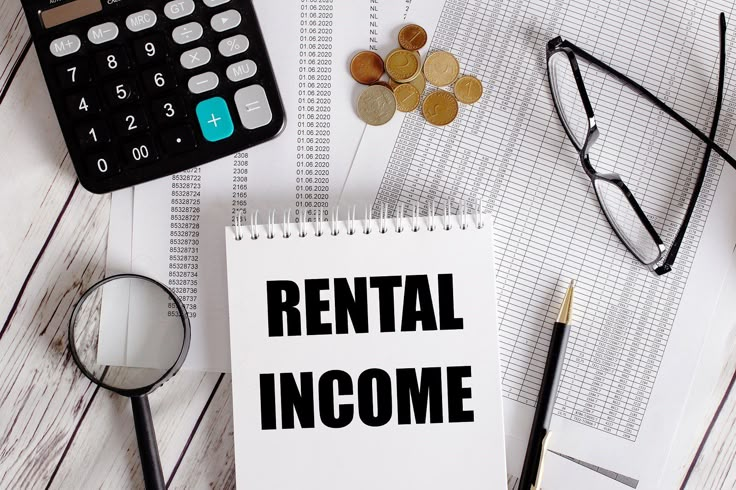
What Are the Different Types of Mortgages, and How Do You Choose the Right One?
Buying a home is a major financial decision, and for most people, it involves securing a mortgage. With so many mortgage options available, understanding the differences can feel overwhelming. Each type of mortgage has its benefits, drawbacks, and ideal scenarios. Choosing the right one can save you thousands of dollars over the life of your loan and make homeownership a more manageable and rewarding experience.
This guide explains the most common types of mortgages and provides tips on selecting the one that best suits your financial situation and goals.
Common Types of Mortgages
Fixed-Rate Mortgages (FRMs)
Fixed-rate mortgages are among the most popular options for homebuyers due to their simplicity and predictability.
- Definition: The interest rate and monthly payment remain constant throughout the loan term. This means you’ll know exactly how much you’ll pay every month, making it easier to budget.
- Loan Terms: Fixed-rate loans typically come in 15, 20, or 30-year terms, with 30 years being the most common.
Pros:
- Predictability: Your monthly payment stays the same, regardless of market fluctuations.
- Long-Term Stability: Ideal for buyers who plan to stay in their home for many years.
- Budget-Friendly: Easier to manage long-term finances with consistent payments.
Cons:
- Higher Initial Interest Rates: Compared to adjustable-rate mortgages, fixed rates may be slightly higher at the outset.
- Limited Flexibility: If interest rates drop significantly, you’ll need to refinance to take advantage of lower rates.
Best For: Homebuyers who value stability and plan to live in their home for the long term.
Adjustable-Rate Mortgages (ARMs)
Adjustable-rate mortgages start with a fixed interest rate for a set period, after which the rate adjusts periodically based on market conditions.
- Definition: ARMs offer an initial fixed-rate period (e.g., 3, 5, 7, or 10 years), followed by periodic rate adjustments.
Pros:
- Lower Initial Rates: ARMs typically offer lower interest rates during the fixed period compared to fixed-rate mortgages.
- Potential Savings: If interest rates decrease, your monthly payments could go down.
Cons:
- Rate Uncertainty: After the fixed period, your interest rate and monthly payment could increase, making it harder to budget.
- Complex Terms: Understanding rate caps, adjustment periods, and index rates is crucial.
Best For Buyers who plan to sell or refinance before the adjustable period begins or those comfortable with some risk if rates increase.
Federal Housing Administration (FHA) Loans
FHA loans are government-backed loans designed to help individuals with lower credit scores or limited savings become homeowners.
- Definition: These loans, insured by the Federal Housing Administration, offer lower down payment options and more lenient credit requirements.
Pros:
- Low Down Payment: You can purchase a home with as little as 3.5% down.
- Flexible Credit Requirements: FHA loans are accessible even if you have a lower credit score.
- Assumable Loan: Future buyers can assume your FHA loan, potentially making your home more marketable.
Cons:
- Mortgage Insurance Premiums (MIP): FHA loans require both an upfront MIP and annual premiums, which can increase overall costs.
- Loan Limits: You may be restricted in how much you can borrow, depending on your location.
Best For: First-time homebuyers or those with lower credit scores or limited savings.
Veterans Affairs (VA) Loans
VA loans are designed specifically for eligible veterans, active-duty service members, and their families.
- Definition: Backed by the U.S. Department of Veterans Affairs, these loans offer unique benefits to those who’ve served in the military.
Pros:
- No Down Payment: VA loans often provide 100% financing, meaning no down payment is required.
- No PMI: Unlike other low-down-payment loans, VA loans don’t require private mortgage insurance.
- Competitive Interest Rates: Typically lower than conventional loans.
Cons:
- Funding Fee: A one-time fee helps fund the VA loan program, though it can be rolled into the loan.
- Eligibility Requirements: Only available to those who meet specific service requirements.
Best For Veterans, active-duty military personnel, and their families looking for affordable homeownership options.
United States Department of Agriculture (USDA) Loans
USDA loans are aimed at helping low-to-moderate-income families purchase homes in rural or suburban areas.
- Definition: These loans offer affordable homeownership opportunities in designated areas and are backed by the U.S. Department of Agriculture.
Pros:
- No Down Payment: Like VA loans, USDA loans allow 100% financing.
- Competitive Interest Rates: Often lower than conventional loans, making monthly payments more affordable.
- Reduced Mortgage Insurance Costs: Typically lower monthly premiums compared to FHA loans.
Cons:
- Geographic Restrictions: The property must be in a USDA-eligible rural or suburban area.
- Income Limits: You’ll need to meet specific income guidelines to qualify.
Best For: Buyers with moderate income who want to live in a rural or suburban area.
Jumbo Loans
Jumbo loans are for buyers looking to finance homes that exceed the conforming loan limits set by the Federal Housing Finance Agency (FHFA).
- Definition: These loans are larger than the conforming loan limit, which varies by location but is typically around $726,200 for most areas in 2024.
Pros:
- Finances High-Value Properties: Enables buyers to purchase luxury or high-cost homes.
- Flexible Terms: Available as fixed-rate or adjustable-rate loans.
Cons:
- Stricter Requirements: You’ll need a higher credit score, a larger down payment, and significant income to qualify.
- Higher Interest Rates: Due to the increased loan size and risk, jumbo loans often carry slightly higher rates.
Best For Buyers purchasing high-value properties who meet stringent credit and income requirements.
How to Choose the Right Mortgage
Choosing the right mortgage involves careful consideration of your financial situation and long-term goals. Here’s how to decide:
Assess Your Financial Stability
- Ensure your income is steady and sufficient to cover monthly payments.
- Calculate your debt-to-income (DTI) ratio, aiming for 43% or lower.
Evaluate Your Credit Score
- Higher credit scores unlock better interest rates and loan options.
- FHA loans are a good choice if your credit score needs improvement.
Determine Your Down Payment Ability
- If you have significant savings, a larger down payment can reduce your monthly costs.
- Opt for VA or USDA loans if you want minimal or no down payment.
Consider Your Long-Term Plans
- If you plan to stay in your home for a long time, a fixed-rate mortgage offers stability.
- If you’re considering selling or refinancing within a few years, an ARM could save you money.
Analyze the Current Interest Rate Environment
- Fixed-rate mortgages are preferable in low-rate environments.
- ARMs might be advantageous if rates are high but expected to fall.
Conclusion
Understanding the different types of mortgages and their pros and cons is essential to finding the right loan for your needs. Whether you prioritize stability, affordability, or flexibility, there’s a mortgage type suited to your financial situation and homeownership goals. Take the time to evaluate your options carefully and seek professional advice if needed to make the best choice for your future.




